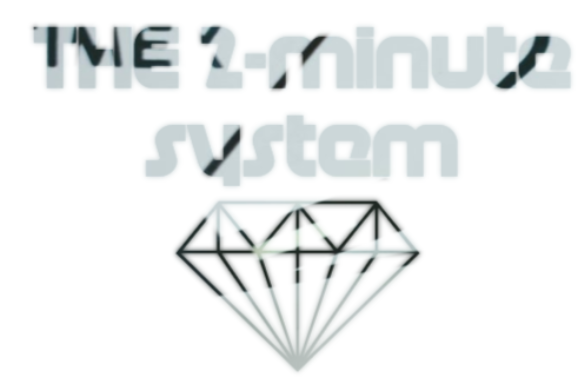Below you will find the personal core values list with 150 core values. You probably think most core values have ‘something’. Nevertheless, I advise you to choose a maximum of five.

A core value gains its value when you focus on it. The more core values you add, the more value the others lose.
The process of finding core values is valuable in itself. You have to weigh up what is valuable to you. For example, the search for your core values is at least as important as the outcome of your core values.
To arrive at your core values, you go through the following steps:
- Go through all core values and write down every core value that appeals to you.
2. Go through your list and cross out the core values that are less important to you. Repeat until there are up to five left.
3. Prioritize your core values. Which is most important? And after that?
You don’t have to complete these steps in a day. Take your time for this. And after a while it is good to do this process again. As long as you change, your core values can also change.
Attention
Action-oriented
Alertness
Ambitious
Authenticity
Autonomy
Authority
Adventure
balance
ability
Celebrity
Meaningful
Reliability
Contribution
Compassion
Competence
Creativity
Decisive
Brave
Subservient
Discipline
Sustainability
Unit
Simplicity
Honesty
Effective
Efficient
Individuality
Enthusiasm
Recognition
Ethical
Balance
excel
Expression
Flexible
Security
Patience
Grounded
Equivalence
Believe
Luck
Enjoyment
justice
structured
Sensitivity
Health
Grow
Group
Harmony
Humour
empathizing
Innovative
Inspirational
Integrity
Intensity
influence
Insightful
Calmness
Knowledge
Powerful
Kunde
Quality
Leadership
Vibrant
Love
Logic
Loyalty
Power
Mastery
Springy
People-oriented
Brave
Motivating
Musicality
Accuracy
humility
Curiosity
Sobriety
Independence
Enterprising
Discovering
Relaxed
Openness
Sincerity
Optimism
Orderliness
Originality
Passionate
Pleasure
Popularity
Potency
Performance
Productive
Professionality
Realistic
Reasonableness
Religion
Reputation
Respectful
Results-oriented
Wealth
Beauty
Simplicity
Smart
Solidarity
Playfulness
Spiritual
Spontaneity
Stability
Status
Good luck
Talented
Temperamental
Satisfaction
Accessibility
Dedication
Tolerance
Transparent
Fidelity
Challenging
Skill
determination
Versatility
Safety
Responsibility
Imagination
Binding
Connection
Tolerance
Innovative
Wise
To trust
Vitality
Peace
Friendliness
Friendship
Freedom
Valuable
Dignity
Wisdom
Security
Self awareness
Selfknowledge
Self respect
Independent
Confident
Meaning
diligence
Caring
Purity
You might love this article as well : Click link
I know that there are much more core values, so you may expand the list presented to you.


